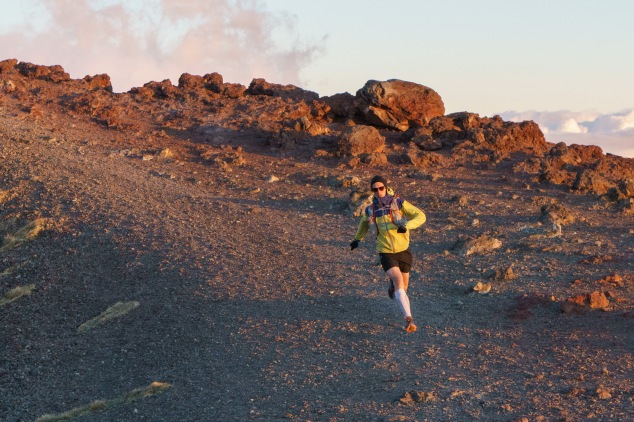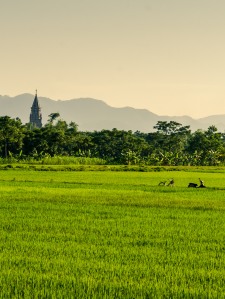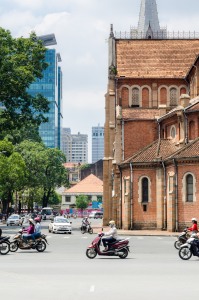The Transgrancanaria Advanced is a 82 kilometres run that covers 4.300 metres of positive elevation gain on Gran Canaria in Spain. I spend several months preparing for this event by running hundreds of kilometres up and down the west coast of Sweden. Zick-zacking around ice blocks stranded at the beach became my early morning routine. But all the training paid off and I felt pretty confident about my gaol in finishing the race below twelve hours. So I hopped on a plane to Germany from where I continued my journey to Las Palmas de Gran Canaria with some friends.

Ice block at the beach on the west coast of Sweden.
We arrived one week before the Transgrancanaria to give us some rest and acclimatise to the weather. The seconds day after arrival, we headed out for a short run to check out some local trails. And then it happened. I twisted my ankle and it swell pretty bad. Starting at the Transgrancanaria Advanced was in doubt. Follow my friends advise, who is a physiotherapist, I started several sessions of icing and heating in combination with special mobilising exercises daily. The swelling went down and I took a compromise: I was going to hike the race and drop out as soon as I feel pain.

Roque Nublo on Gran Canaria in Spain.
A few days later, the Transgrancanaria Advanced started in Fontanales at 7am. The atmosphere at the starting line was amazing. Nothing I had ever seen before. Heading off through the narrow streets, lots of people alongside cheered as I disappeared with the other runners into the dawn. Every 10 to 15 kilometres, my friends check up on me to see how my ankle is doing. Surprisingly, it went pretty well. I kept going following the course passed Roque Nublo all the way to the highest point at Pico de las Nieves. From there, I could even see the neighbouring island Teneriffa with its 3,718 metres high volcano. But then it was time to drop out to give my ankle some rest. Despite all the time and effort I put into training for this race, I did not make it to the finish line. That made me feel pretty sad, but there was nothing I could do about it. Now, I am rehabilitating my ankle’s mobility and strength and cannot wait for my next upcoming race.

Teneriffa with its 3,718 metres high volcano in the distance.
















